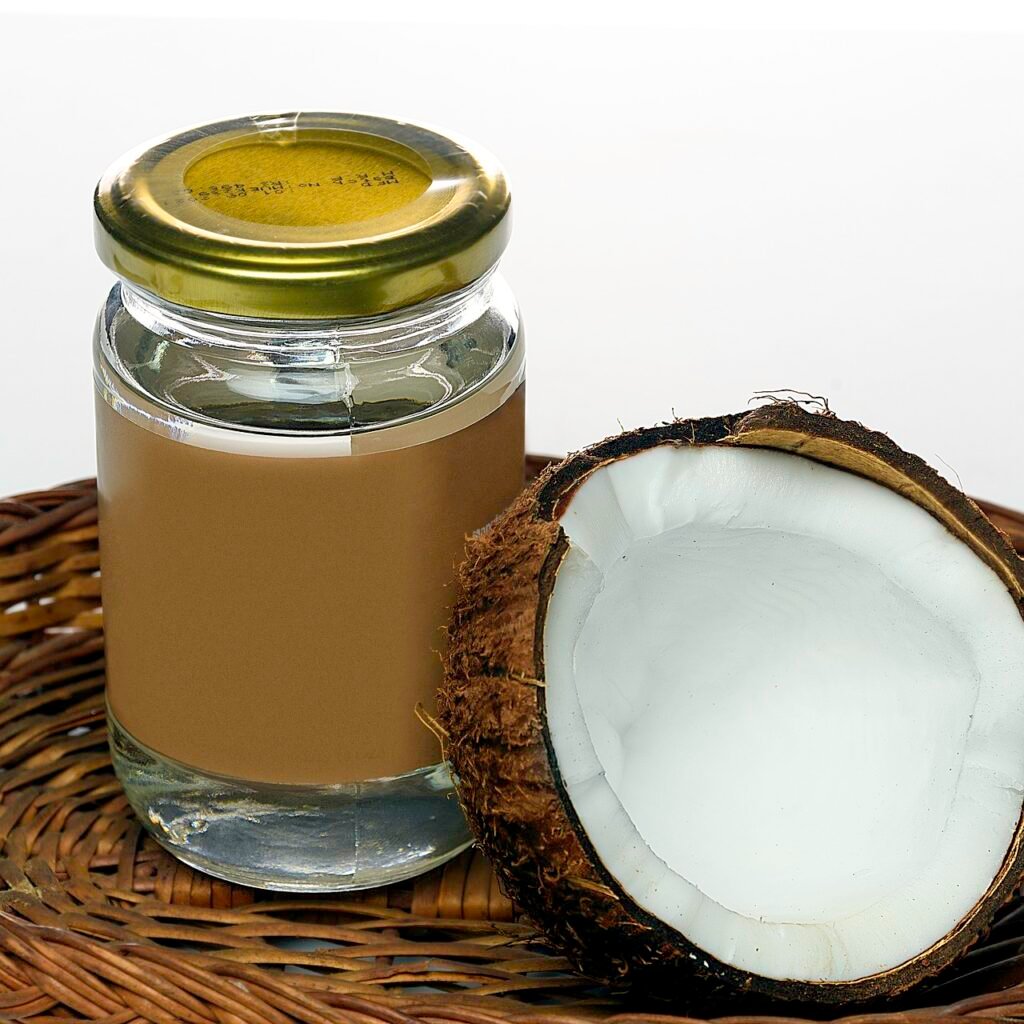The rise in unconventional health trends has led to numerous claims about boosting testosterone levels through various methods. Among them, the use of “red light for testosterone” has gained popularity. Promoters of this technique argue that red light therapy can significantly enhance testosterone production. But is there any truth to these claims, or is it just another baseless trend? Let’s dive into the science and separate fact from fiction.
What is Red Light Therapy?
Before exploring the connection between red light therapy and testosterone, it’s essential to understand what red light therapy is. Red light therapy (RLT), also known as low-level laser therapy (LLLT) or photobiomodulation, involves exposing the skin to low levels of red or near-infrared light. Unlike ultraviolet (UV) light, which can damage skin cells, red light therapy is believed to penetrate the skin without causing harm, potentially offering benefits like improved wound healing, reduced inflammation, and enhanced skin health.
However, when it comes to testosterone, the story gets murkier.
How Red Light is Supposed to Boost Testosterone
Proponents of red light for testosterone claim that exposure to red light can stimulate the Leydig cells in the testes, which are responsible for producing testosterone. The idea is that red light improves blood circulation and cellular energy production, leading to a supposed increase in testosterone levels. Some go as far as to suggest that just a few minutes of exposure can lead to significant gains in muscle mass, energy, and libido.
While this sounds appealing, the scientific evidence supporting these claims is far from convincing.
Does Science Support Red Light for Testosterone?
Despite the excitement surrounding red light therapy, there’s little reliable scientific data to back the idea that it can significantly boost testosterone levels. Most studies that do suggest a potential benefit are either animal-based, suffer from small sample sizes, or lack rigorous controls. Additionally, many of these studies are preliminary and do not provide the robust evidence needed to draw definitive conclusions.
For instance, a small study on rodents showed that red light exposure could increase testosterone levels. However, translating these findings to humans is problematic, as the physiological differences are vast. On the human side, there’s even less to rely on. A few studies hint at possible benefits, but they often involve multiple confounding variables, making it difficult to isolate the effects of red light on testosterone alone.
Red Light for Testosterone: Realistic Expectations
Given the limited and inconclusive evidence, relying on red light therapy to boost testosterone is likely to be a dead end. Most medical professionals and scientists agree that while red light therapy may have some benefits for skin health or injury recovery, its effectiveness in increasing testosterone remains unproven.
Natural methods, such as regular exercise, a balanced diet, proper sleep, and stress management, have far more substantial backing when it comes to supporting healthy testosterone levels. Supplements, where necessary, should be used under medical supervision and based on actual deficiencies rather than unsupported trends.
Conclusion: Red Light for Testosterone is Fiction
In the end, the concept of using red light for testosterone enhancement is more fiction than fact. While red light therapy might have its place in certain health treatments, relying on it to increase testosterone is not supported by robust scientific evidence. Men seeking to maintain or boost their testosterone levels would be better served focusing on proven methods such as exercise, diet, and overall lifestyle changes rather than chasing after trendy but unfounded solutions.
Disclaimer: The information provided on this blog is for general informational purposes only and is not intended as medical advice. Always consult with a qualified healthcare professional before making any decisions regarding your health or starting any new treatments. The content here should not be used to diagnose, treat, or prevent any medical condition. Additionally, please note that this blog is reader-supported. If you click on an affiliate link or advertisement and make a purchase, we may receive a commission at no extra cost to you. This helps us maintain the site and continue providing valuable content.




